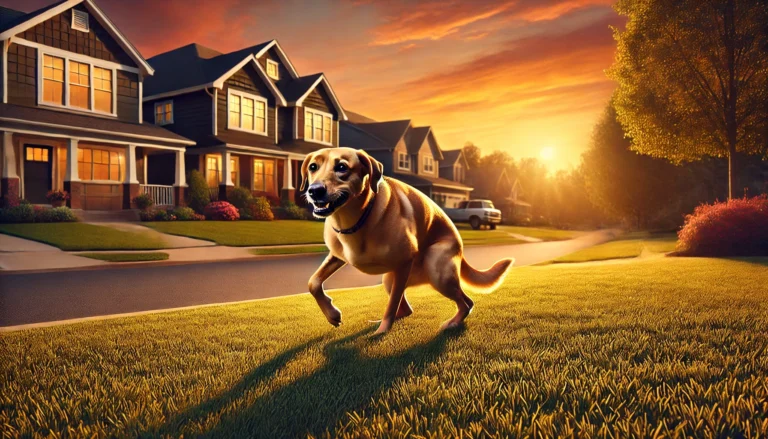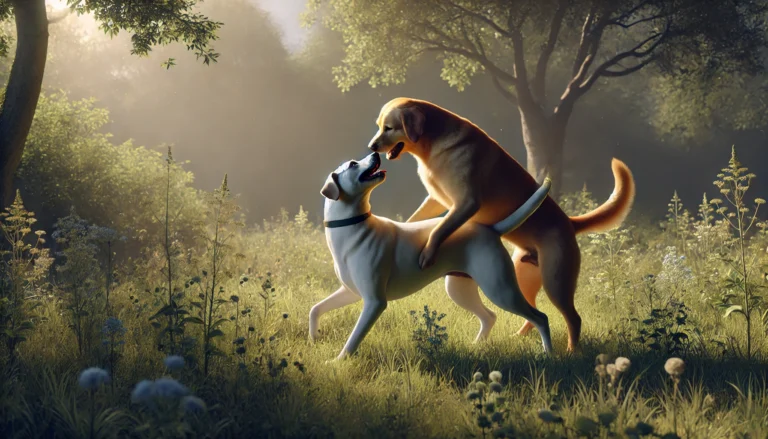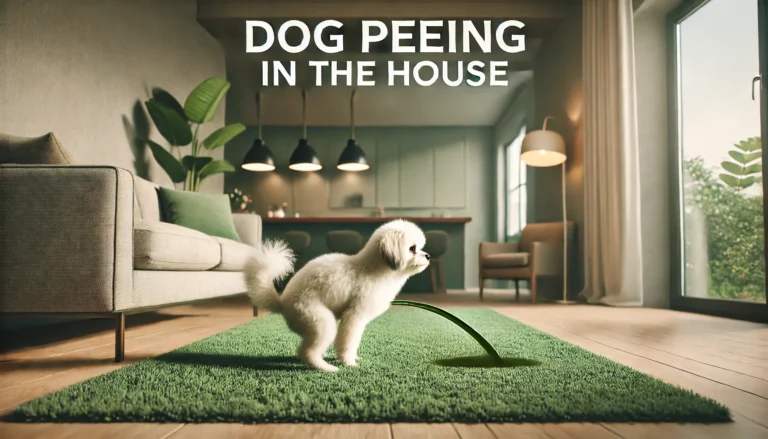pica in dogs
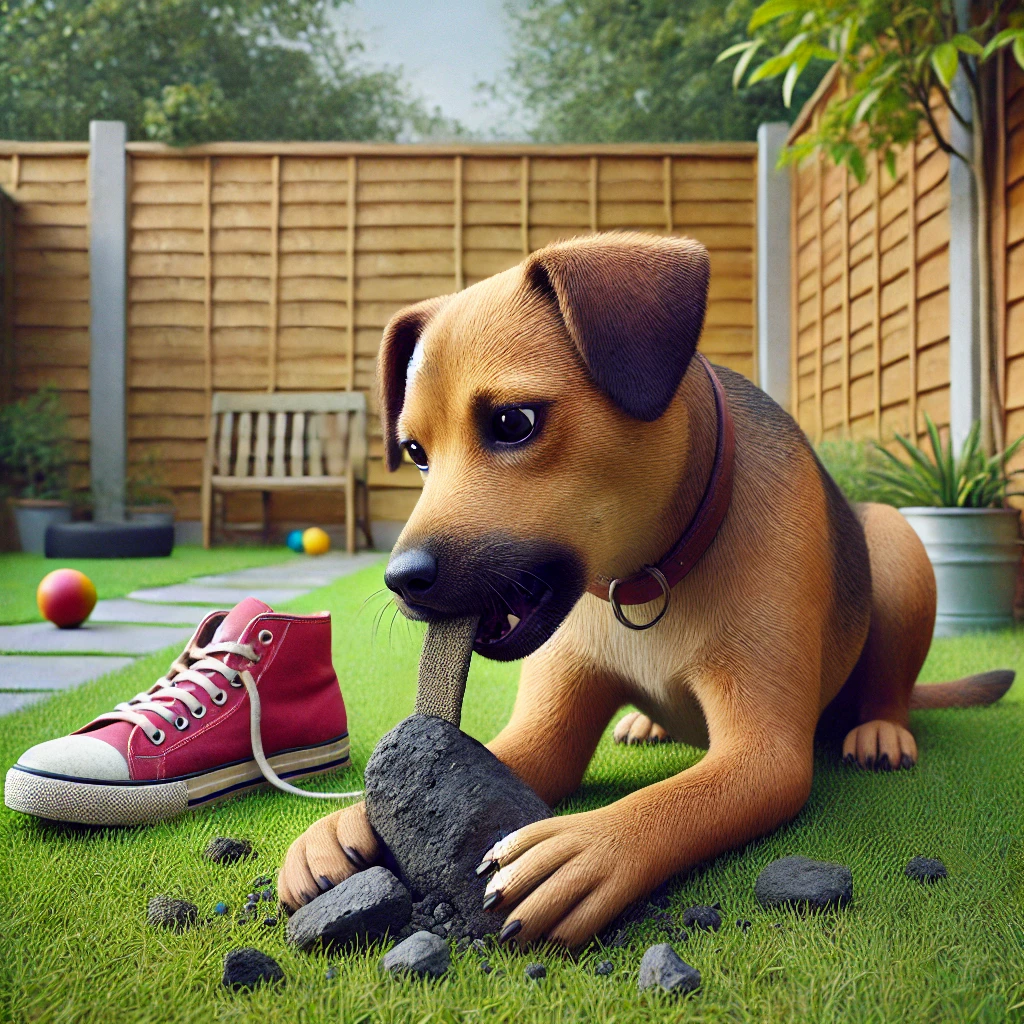
Pica in dogs is a condition that might sound unfamiliar but is quite important to understand for any pet owner. When a dog has pica, it doesn’t just chew on non-food items occasionally, which many dogs do out of curiosity or playfulness; it compulsively eats them. These items could be as harmless as a piece of paper or as dangerous as plastic and metal objects. This behavior can lead to a range of serious health issues, from digestive blockages to toxicity, all of which require urgent veterinary attention. This article will delve into the what, why, and how of pica—offering insights into its causes, identifying symptoms, and discussing ways to treat and prevent it. By understanding more about pica, you can better safeguard your furry friend’s health and ensure they lead a happy, healthy life.
What is Pica in Dogs?
Here, pica is defined as more than just occasional curiosity-driven behaviors seen in dogs. Unlike normal chewing or playful exploration, pica involves the persistent ingestion of objects that are not meant to be food. This section will explain the potential items dogs might ingest, ranging from household objects like socks and underwear to dangerous items like rocks and plastic. The differences between pica and normal canine behaviors will be clarified to help owners distinguish between harmless activities and potentially dangerous habits.
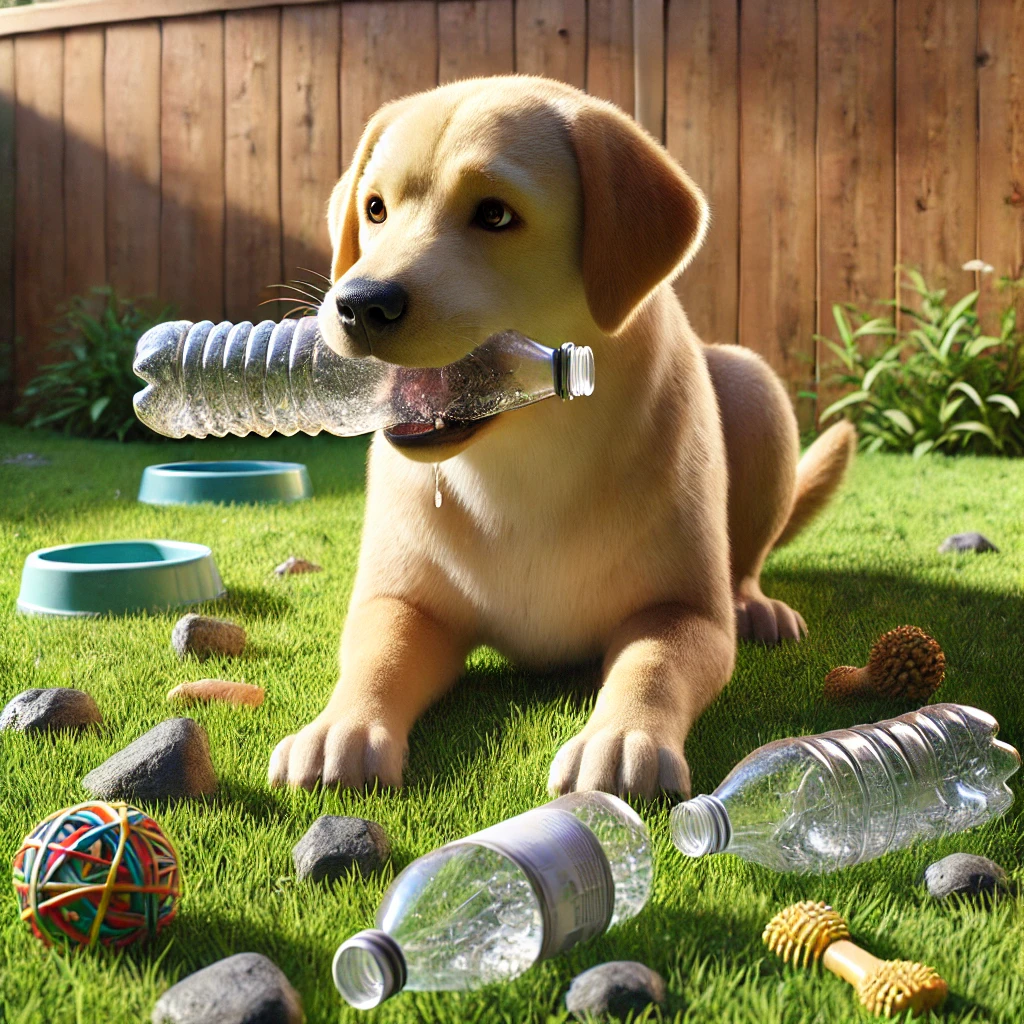
Causes of Pica in Dogs
This part will delve into the multifaceted causes of pica in dogs. Psychological factors, such as anxiety or boredom, are significant contributors, especially in dogs that lack sufficient mental stimulation or physical exercise. On the medical front, conditions like nutritional deficiencies, gastrointestinal disorders, or endocrine diseases can lead dogs to eat inappropriate items. Environmental influences, including easy access to trash or specific items around the house, will also be discussed, providing a holistic view of the triggers for pica.
Symptoms and Diagnosis of Pica in Dogs
Identifying pica involves observing specific symptoms such as the dog consistently seeking out and eating non-food materials. Common signs include gastrointestinal upset, changes in appetite, or distress after eating foreign objects. This section will guide owners on what to watch for and how these symptoms differ from other health issues. The diagnostic process, typically initiated after such observations, can include veterinary examinations, blood tests, and imaging techniques like X-rays to confirm the presence of foreign objects and assess any internal damage.
Tips
Uncover the hidden signs of allergies in dogs and puppies, and learn how to pinpoint the triggers for a happier, healthier pet!
Dangers of Pica in Dogs
The dangers associated with pica can be severe. This section will discuss the immediate health risks, such as choking, intestinal blockages, or poisoning, which can be life-threatening without prompt treatment. Long-term complications, including nutritional imbalances and wear on the teeth, will also be covered. The intent is to convey the seriousness of the condition and the importance of early intervention.
Treatment Options for Pica in Dogs
Treatment for pica must be tailored to the underlying cause. If the behavior is rooted in psychological issues, behavioral modifications, including increased physical activity and mental engagement, will be recommended. For medical causes, treatments may involve dietary adjustments or medication. The role of professionals, including veterinarians and animal behaviorists, will be emphasized, noting that a collaborative approach can be crucial for effectively managing the condition.
Preventive Measures Against Pica in Dogs
Preventing pica involves proactive steps to ensure a safe environment and a healthy lifestyle for dogs. This section will suggest practical measures such as providing appropriate chew toys, maintaining a clean and secure living space, and ensuring a balanced diet. Regular veterinary visits for health checks can preemptively address any emerging issues that might lead to pica behaviors.
Case Studies on Pica in Dogs
Illustrating the points made in earlier sections, this part will present actual case studies from veterinary practices. These real-life examples will detail the symptoms observed, the diagnostic process, the treatment approaches taken, and the outcomes. These narratives will help readers connect the theoretical knowledge with practical scenarios.
When to See a Vet for Pica in Dogs
This section will act as a guide for dog owners on recognizing the urgency of veterinary intervention. It will discuss how to identify critical signs that require immediate medical attention and outline the steps to take in such emergencies. It will also address how ongoing veterinary care can manage pica and prevent future incidents.
Conclusion
Summarizing the article, the conclusion will reinforce the key points about recognizing, treating, and managing pica in dogs. It will encourage dog owners to be vigilant and proactive, emphasizing that understanding pica is essential for the health and well-being of their pets.
How do you treat a dog with pica?
Treating pica in dogs involves addressing both behavioral and medical causes. Behavioral treatments may include increasing exercise, providing mental stimulation with toys, and training to discourage eating inappropriate objects. Medically, it’s important to treat any underlying conditions, such as nutritional deficiencies or gastrointestinal issues, which may require diet adjustments or medications as prescribed by a veterinarian.
What vitamin deficiency causes dog pica?
Vitamin deficiency that can lead to pica in dogs typically involves a lack of minerals rather than vitamins per se. A common deficiency linked to pica is a lack of minerals such as iron or other essential nutrients. However, it’s crucial to have a vet evaluate the dog to identify any specific deficiencies and recommend appropriate supplements.
Which dog breeds have pica?
Pica can occur in any dog breed, but it is more commonly reported in high-energy breeds and younger dogs due to their natural curiosity and increased activity levels. Labrador Retrievers, Golden Retrievers, and other sporting breeds may exhibit pica more frequently, often due to their high food drive and tendency to explore the world orally.
What causes pica in animals?
Pica in animals can be caused by various factors, including nutritional deficiencies, dietary imbalances, and medical issues such as diabetes or thyroid disorders. Behavioral causes include boredom, anxiety, or lack of proper training. Environmental factors, like restricted access to food or the presence of non-food items within reach, can also contribute.
How to stop a dog from eating paper?
To stop a dog from eating paper, provide plenty of appropriate chew toys and increase daily physical and mental exercise to reduce boredom. Training commands like “leave it” or “drop it” can also help manage this behavior. Ensure paper and other tempting items are out of reach, and consider using taste deterrents on objects you can’t move.
What are medical reasons for pica in dogs?
Medical reasons for pica in dogs may include gastrointestinal disorders like inflammatory bowel disease, systemic illnesses such as diabetes or hypothyroidism, or nutritional imbalances that lead to cravings for non-food items. It’s essential to have a thorough veterinary examination to determine any underlying medical causes so appropriate treatment can be implemented.

